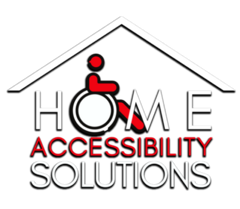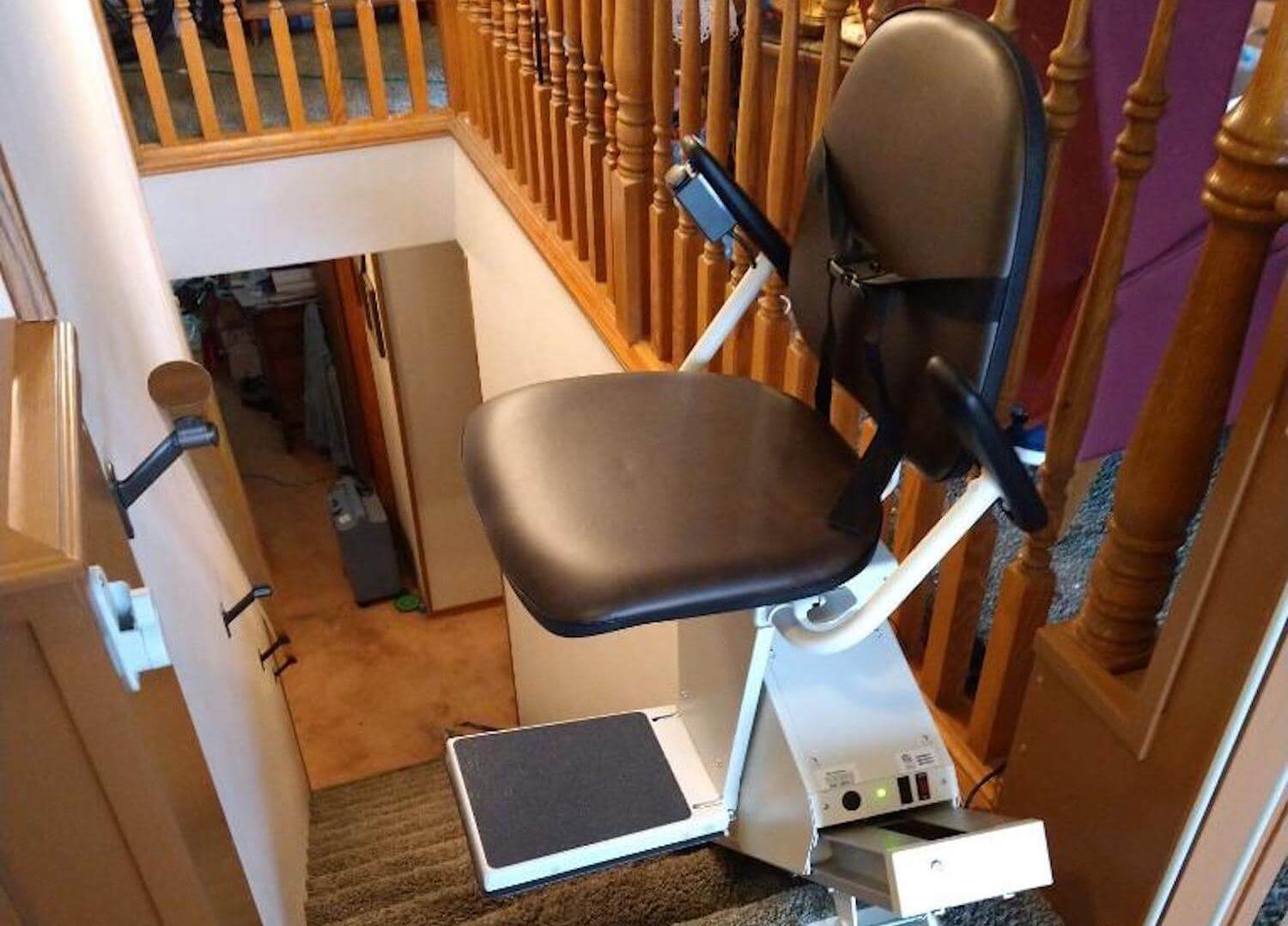In the journey of life, challenges often present themselves unexpectedly, especially as individuals age or face physical limitations. One such challenge is the difficulty of navigating stairs, which can severely impact a person’s independence and quality of life. However, technological advancements have brought about innovative solutions to address these challenges, and one of the most transformative among them is the stair lift.
This article explores the life-changing impact of stair lifts, examining their benefits, functionality, and the positive effects they have on individuals seeking to maintain their independence.
Understanding the Need
As individuals age or face mobility issues due to various health conditions, something as seemingly simple as climbing stairs can become a daunting task. Whether it’s a senior citizen experiencing joint pain or someone with a physical disability, stairs can pose a significant barrier to daily activities. Recognizing this need for assistance, stair lifts have emerged as a practical solution to enhance accessibility within homes and public spaces.
Benefits of Stair Lifts
- Enhanced Independence:
Stair lifts empower individuals to regain control over their lives by providing a safe and convenient means of traversing staircases. This newfound independence extends beyond the physical act of climbing stairs; it fosters a sense of self-reliance and autonomy, enabling individuals to navigate their homes with confidence.
- Improved Safety:
Safety is paramount, especially for those with mobility challenges. Stair lifts are equipped with advanced safety features such as secure harnesses, sensors, and automatic braking systems. These features ensure a smooth and secure ride, minimizing the risk of accidents and instilling a sense of security in users and their loved ones.
- Ease of Installation and Use:
One of the remarkable aspects of stair lifts is their ease of installation. They can be installed on various types of staircases, whether straight or curved, and typically require minimal modifications to the existing structure. Additionally, modern stair lifts come with user-friendly controls, making them accessible to individuals of all ages.
- Space Efficiency:
Stair lifts are designed to be space-efficient, allowing for easy integration into both residential and commercial settings. Their compact design ensures that they do not obstruct the staircase when not in use, preserving the aesthetics of the space.
- Customization for Specific Needs:
Stair lifts are not one-size-fits-all solutions; instead, they can be customized to meet the specific needs and preferences of users. This includes features such as adjustable seat heights, different control options, and the ability to accommodate varying staircase configurations.
The Impact on Quality of Life
- Preserving Dignity:
The inability to climb stairs can often lead to feelings of frustration and a loss of dignity. Stairlifts offer a dignified solution, allowing individuals to move freely and independently within their homes. This preservation of dignity contributes significantly to a positive self-image and mental well-being.
- Maintaining Social Connections:
Stairlifts enable individuals to participate in social activities without the hindrance of staircases. Whether it’s hosting family gatherings, visiting friends, or attending community events, the accessibility provided by stair lifts ensures that individuals can remain actively engaged in their social lives.
- Preventing Isolation:
The fear of being confined to a single floor of a home due to stair-related challenges can lead to social isolation. Stair lifts eliminate this barrier, encouraging individuals to move between different levels of their homes effortlessly. This freedom of movement plays a crucial role in preventing isolation and fostering a more connected and fulfilling life.
- Reduction in Caregiver Strain:
Family members and caregivers often bear the responsibility of assisting individuals with mobility challenges. Stairlifts, by promoting independence, reduce the physical strain on caregivers, allowing them to focus on providing emotional and companionship support rather than constantly assisting with the logistics of stair navigation.
Future Trends and Innovations
As technology continues to advance, the field of mobility assistance is evolving, and stair lifts are no exception. Some emerging trends and innovations in the realm of stair lifts include:
- Smart Home Integration:
Stair lifts are becoming increasingly integrated with smart home technology. This integration allows users to control their stair lifts remotely, track usage patterns, and even receive notifications or alerts for maintenance needs.
- Enhanced Comfort Features:
Future stair lifts are likely to incorporate advanced comfort features such as adjustable seating positions, temperature control, and built-in entertainment options. These enhancements aim to make the user experience more enjoyable and tailored to individual preferences.
- Energy Efficiency:
Innovations in energy-efficient design are becoming more prevalent in the stair lift industry. This includes the use of eco-friendly materials, energy-efficient motors, and the integration of rechargeable batteries, reducing the environmental impact of these devices.
Challenges and Considerations
While stair lifts offer numerous benefits, it’s essential to acknowledge the challenges and considerations associated with their adoption. One common concern is the initial cost of installation. Stair lifts can represent a significant investment, and not all individuals may have the financial means to afford them. However, it’s crucial to view this expense as an investment in long-term independence and improved quality of life.
Another consideration is the need for periodic maintenance. Like any mechanical device, stair lifts require routine checks and occasional repairs to ensure optimal functionality. Many manufacturers offer maintenance packages to address this concern, providing peace of mind to users and their families.
Additionally, some individuals may initially hesitate to embrace the idea of using a stair lift due to social stigma or a perception that it signifies a loss of capability. Educating the public about the benefits of stair lifts and reframing them as tools that enhance independence rather than symbols of limitation is vital in overcoming this hurdle.
Community Impact and Accessibility
The positive impact of stair lifts extends beyond individual users, influencing communities to become more inclusive and accessible. As more public spaces, businesses, and government buildings install stair lifts, they contribute to a society that values accessibility for everyone. This shift in mindset fosters a sense of belonging for individuals with mobility challenges, encouraging them to participate more actively in public life.
Moreover, local governments and municipalities are increasingly recognizing the importance of incorporating accessibility features into urban planning. This includes installing stair lifts in public buildings, implementing ramps, and ensuring that sidewalks and public spaces are wheelchair-friendly. The collective effort to make communities more accessible reflects a commitment to inclusivity and equality.
The Role of Advocacy and Awareness
Advocacy plays a crucial role in promoting the benefits of stair lifts and advocating for increased accessibility in public spaces. Organizations and individuals dedicated to raising awareness about mobility challenges and the available solutions contribute to changing societal perceptions. By sharing success stories, organizing events, and collaborating with policymakers, advocates can drive positive change and influence the implementation of accessibility measures in various settings.
Educational campaigns targeting healthcare professionals, caregivers, and individuals with mobility challenges can further enhance understanding and acceptance of stair lifts. Providing accurate information about the benefits, installation process, and maintenance requirements can dispel myths and misconceptions, fostering a more supportive environment for those considering this life-changing technology.
Global Impact and Cultural Considerations
The impact of stair lifts is not limited to specific regions or cultures. As the global population ages and awareness of accessibility issues grows, the demand for solutions like stair lifts is expected to rise worldwide. However, cultural perceptions and attitudes towards disability and mobility challenges may vary.
In some cultures, there may be a greater emphasis on communal living or extended family support, which can influence the adoption of assistive technologies. Understanding and respecting diverse cultural perspectives is essential when promoting the benefits of stair lifts globally. Collaborative efforts between governments, advocacy groups, and manufacturers can help tailor solutions to accommodate cultural nuances and preferences.
Conclusion
Stair lifts represent more than just a technological innovation; they embody a commitment to inclusivity, independence, and improved quality of life. As the aging population continues to grow and awareness of accessibility challenges increases, the importance of stair lifts and similar assistive technologies cannot be overstated.
By addressing both the practical and emotional aspects of mobility challenges, stair lifts empower individuals to lead fulfilling lives, participate actively in their communities, and maintain their dignity. The ripple effect of this empowerment extends to families, caregivers, and society at large, fostering a more inclusive and supportive environment for individuals with mobility limitations.
As technology continues to advance, the future of stair lifts holds exciting possibilities. From enhanced smart home integration to innovative comfort features, these advancements promise an even more seamless and personalized experience for users. With a focus on affordability, ongoing education, and global collaboration, stair lifts are poised to remain a vital component of accessible living, breaking down barriers and opening doors to a world of independence for individuals of all ages and abilities.


